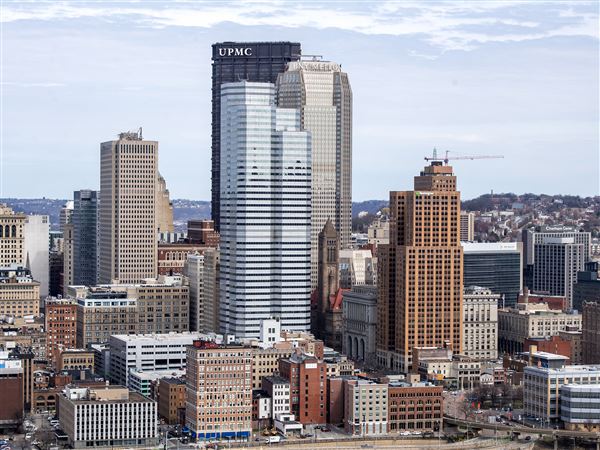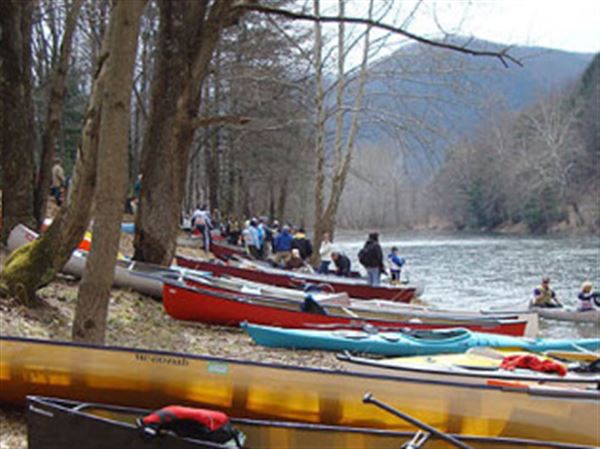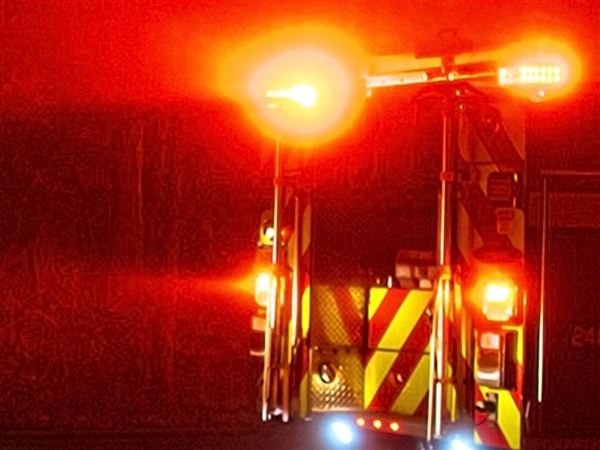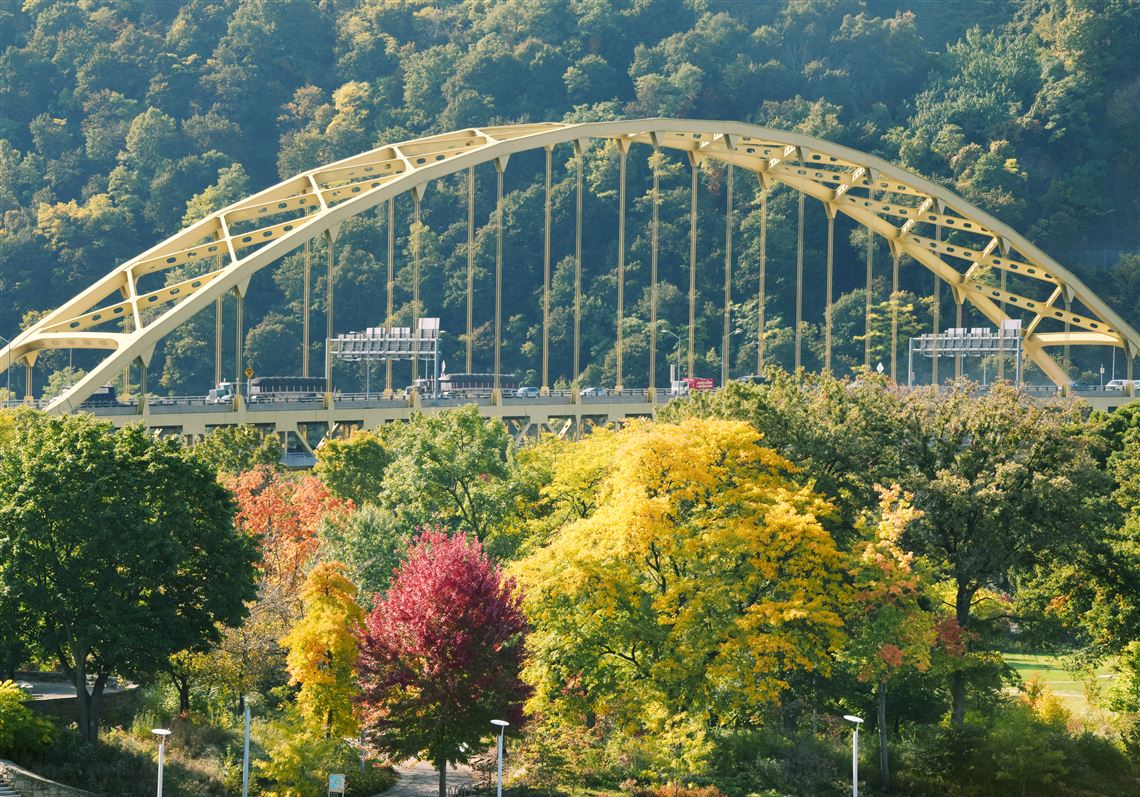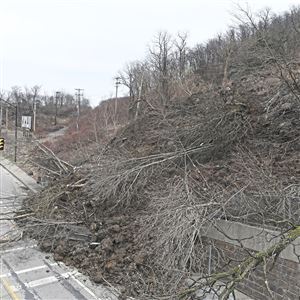The tree canopy in Allegheny County is in decline, a trend that hurts the region’s natural stormwater flooding and landslide management capabilities, according to Matt Erb, director of urban forestry at Tree Pittsburgh.
Mr. Erb said the environmental nonprofit’s tree canopy survey report, released Tuesday, found that the county experienced a canopy loss of 10,148 acres from 2010 through 2015. And not one of the county’s 130 municipalities showed an increase in canopy cover.
“We are seeing drastic changes in the number of trees in Allegheny County,” Mr. Erb said. “It’s very alarming. There were some causes we could predict, such as pests, but the man-made losses were overwhelming in comparison.”
He said canopy cover in the county declined from 265,257 acres or 56 percent in 2010, to 255,109 acres or 54 percent in 2015.
Canopy loss by municipality
“It’s a significant change,” Mr. Erb said. “As the trend continues, we are losing parts of our natural system of stormwater management, which could lead to more flooding and landslides, because trees help hold back stormwater and help stabilize our hillsides.”
Although forest pests like the emerald ash borer and oak wilt had an impact on canopy loss, the survey found a bigger role was played by housing, road, utility and rail expansion, and gas drilling and pipeline development, especially in Elizabeth and Forward, in the southern part of the county.
Only 3 to 5 percent of the lost canopy acreage was attributable to the natural aging, dying and removal of trees, Mr. Erb said.
Tree Pittsburgh, founded in 2006, conducted the canopy study to guide city, county and municipal decision makers in planning and managing urban forest lands, including the need to care for mature trees and plant new trees.
The survey found communities showing the biggest canopy losses were Neville with 17.9 percent, Aspinwall with 16.2 percent, and Duquesne and Brackenridge, each with 16.1 percent.
The biggest acreage losses occurred in the county’s larger municipalities: Pittsburgh, Bethel Park and Penn Hills. The city lost 1,007 treed acres, or 6.2 percent of its canopy.
The survey compares tree canopy data produced in 2010 by a then new aircraft-based laser imaging and Earth surface mapping technology, with a second survey done in 2015. Tree Pittsburgh used a U.S. Forest Service model and worked with the University of Vermont to quantify the laser imaging data for comparison purposes.
Similar laser surveys have found Baltimore lost 1,500 acres of tree canopy from 2007 through 2015, but then gained 1,600 treed acres, Mr. Erb said. Grand Rapids, Mich., lost 200 acres of canopy.
Don Hopey: dhopey@post-gazette.com, 412-263-1983, or on Twitter @donhopey
First Published: February 28, 2018, 2:48 p.m.
